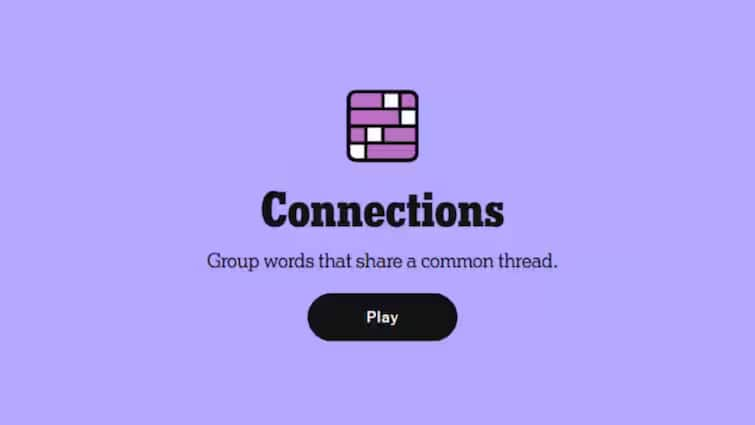Last Updated:
With Operation Sindoor, Modi 3.0 made it clear that retaliation is now part of India’s doctrine against terrorism

PM Narendra Modi created history by abrogating Article 370, ending Kashmir’s special status and bifurcating it into UTs of Ladakh and Jammu and Kashmir. (PTI)
If the Bharatiya Janata Party (BJP) had three foundation stones, complete unification of Jammu and Kashmir with India was its central pillar.
Syama Prasad Mukherjee is credited with planting the seeds of ‘Ek Nishan, Ek Vidhan, Ek Samvidhan’ in the hearts of thousands of Bharatiya Jan Sangh karyakartas. But it is Narendra Modi who created history by abrogating Article 370, ending Kashmir’s special status and bifurcating it into Union Territories of Ladakh and Jammu and Kashmir.
Recommended Stories
Term 1
Home Minister Amit Shah became the face of Naya Kashmir, which was heralded on August 5, 2019. But the plan was taking shape in Modi 1.0 even before the second term was ushered in.
Pakistan had dared India, first with the Uri attack in September 2016 and then with killing 40 CRPF jawans in Pulwama in February 2019. Surgical strikes post-Uri were the first time Indian forces retaliated so strongly after a terror attack. The Opposition raised questions about the takeaways from the strikes and Pakistan, ably supported by their media, mocked the operation, saying dead crows and felled trees were the only damage inflicted.
The challenge, therefore, was higher after Pulwama. Elections were around the corner and the Opposition wanted to know who was responsible for such an intelligence failure.
While the National Investigation Agency (NIA) set out to unravel Jaish-e-Mohammed’s conspiracy and money trail, the Indian Air Force got ready for Operation Bandar. If surgical strikes targeted Lashkar launchpads, the airstrikes of 2019 were meant to dismantle Jaish’s terror factory at Balakote.
As India’s fighter jets got ready, PM Modi addressed an eager audience at CNN-News18’s Indian of the Year. Not a hint was dropped about the long night ahead. As IAF hit Balakote in Khyber Pakhtunkhwa province of Pakistan, PM Modi, as per accounts shared by government officials, monitored secure lines, official messages and social media real time to assess the damage inflicted.
Next morning, Pakistan launched retaliatory strikes and Group Captain Abhinandan Vartaman was captured as his MIG-21 steered across the Line of Control. Securing his safe release was the other big challenge that Modi 1.0 met successfully.
Term 2
The efforts were hailed by voters who gave an even bigger majority and ushered in Modi 2.0. The Opposition’s questions about the veracity of the Balakote strikes, about intelligence failure, and about fixing accountability did not resonate with the voters. That perhaps gave Narendra Modi even more confidence in his second term to execute the plan of ending Kashmir’s special status.
Choice of Amit Shah: Modi’s trusted lieutenant as home minister was the first hint. Within days of taking over, Shah had, in various meetings with the security grid, tried to ascertain how the Valley would react if 370 and 35A were taken away. “All agencies—intelligence, paramilitary, military, police had warned that there will be bloodshed if this happens,” an officer in the security grid, who was part of these meetings, shared with CNN-News18.
However, a complete lockdown, internet shutdown, house arrest of former chief ministers and managing the numbers in Rajya Sabha ensured that Article 370 was abrogated without a drop of blood being shed.
Judicial challenges were successfully met, stone pelters, hartals and disruptions tackled and a promise made in manifesto after manifesto was finally a reality .
Term 3
It was in this backdrop of euphoria that a record-breaking number of tourists reached Jammu and Kashmir. Virgin destinations were opened up for Instagram reels, travel blogs and family holidays.
Pakistan had been successfully exposed at FATF, dealing a body blow to finances for Jaish and Lashkar.
But April 2025 revealed that the relative peace in Kashmir was the proverbial lull before the storm. Twenty-six tourists were gunned down in cold blood in Pahalgam’s Baisaran Valley. Survivors narrated no police presence and no help. The Opposition once again raised questions, asking if the Modi government had jumped the gun in declaring a Naya, terror-free Kashmir.
However, with Operation Sindoor, Modi 3.0 made it clear that retaliation is now part of India’s doctrine against terrorism. The Indus will not flow as usual and Pakistan will have to pay a price, not just in PoK but also in Islamabad, Rawalpindi, Lahore and Karachi. The nuclear blackmail bluff was called out by the Modi government in its third term. Clear, precise hits with video evidence silenced the worst critics of this government.
On his 75th birthday, as United States starts to tango with Pakistan and US President Donald Trump dines with Pakistan’s Field Marshal Asim Munir, Kashmir might continue to throw the curve ball at PM Modi.
About the Author

Arunima is Editor (Home Affairs) and covers strategic, security and political affairs. From the Ukraine-Russia War to the India-China stand-off in Ladakh to India-Pak clashes, she has reported from ground zero …Read More
Arunima is Editor (Home Affairs) and covers strategic, security and political affairs. From the Ukraine-Russia War to the India-China stand-off in Ladakh to India-Pak clashes, she has reported from ground zero … Read More
September 16, 2025, 10:02 IST
Loading comments…
Read More



)